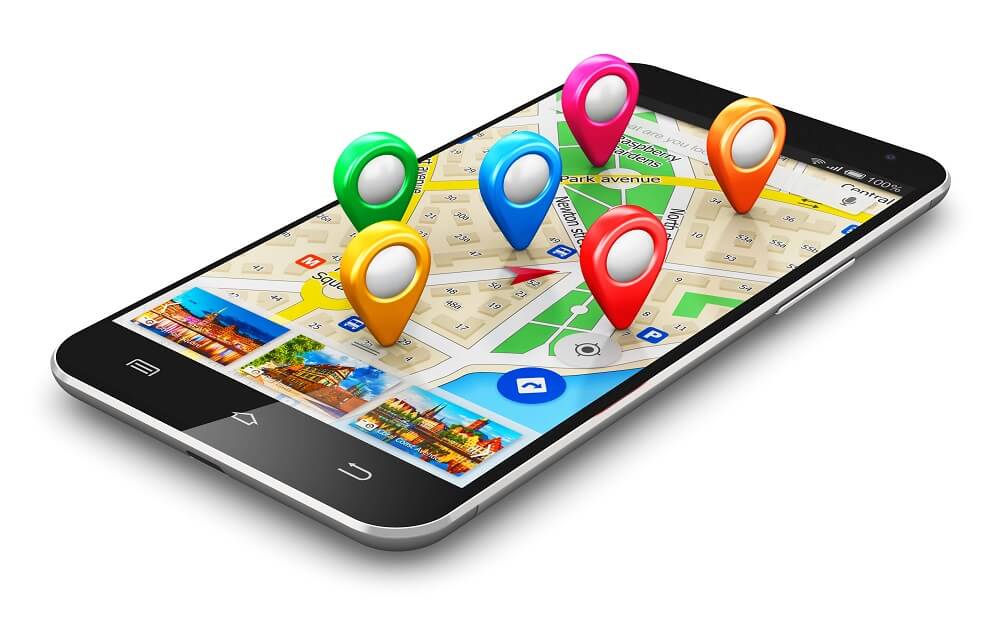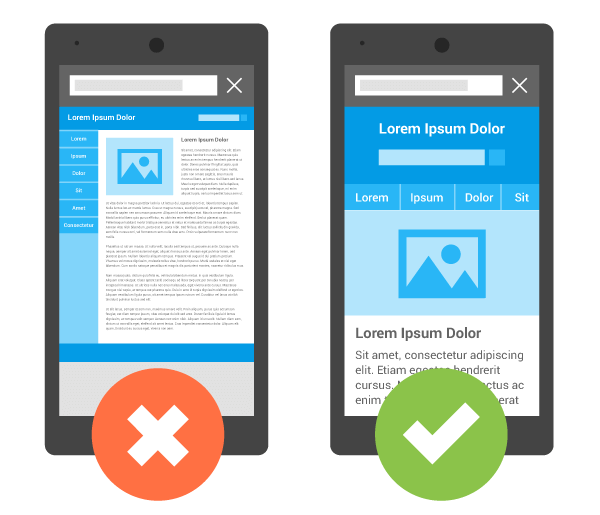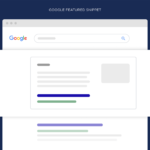Table of contents:
- Introduction
- What is local SEO?
- What are the benefits of local SEO?
- When should you target locally?
- Common mistakes you should avoid
- Neglecting customer reviews
- Too broad localization
- Neglecting mobile optimization
- Relying on your intuition
- How to measure its success?
- Conclusion
Introduction
There were times when all online experts stated the same thing: an online business needs to focus on the whole world at once. It seemed like a great idea because, in the online world, you don’t have regional limits on who can enter your shop. You can scale your business easily and conquer your whole global industry.
Although there were some businesses that could take advantage of the early days of the internet and grab the market leader position quickly, this wasn’t the general attitude. Most companies suffered from the fact that they didn’t target anyone specifically. Marketers realized that we would rather buy products or services if they are tailored to our needs, and generalized products can only survive in a few industries.
In this article, we will introduce local SEO to you, its necessity, and the biggest mistakes you should always avoid.
What is local SEO?

Search Engine Optimization (SEO is the abbreviated form) is a digital marketing strategy. This strategy tries to exploit the power of search engines (usually Google). When a user types an expression into the search bar, the search page comes up with millions of findings that resonate with the user’s search. At the top of the search page, sponsored pages come up, which are all paid to Google to grab one of the top positions. These are called SEA-s, or Search Engine Advertising. However, there are organic results beneath them. These websites didn’t pay a single dollar to Google, but the algorithm thinks those are relevant findings, so it recommends them to the users.
To grab a great organic place, you need to play the game with Google’s rules. Build your strategy on specific search terms, enhance your site’s user experience, and create valuable content. These are all parts of an SEO strategy, and there are many other tasks to do.
Local SEO is a type of SEO strategy where:
- The company focuses on geo-targeted keywords – instead of “best restaurant”, the keyword can be “best restaurant in London” –
- Uses localized content and backlinks from regionally relevant websites
- Prioritizes local citations
What are the benefits of local SEO?
Local SEO has two separate strengths. First, it makes your site highlighted in a specific region. As almost all businesses have an online presence, and they all want to pass Google’s requirements to be shown first, by targeting the locals, you can even gain an advantage in a very tight market.
Secondly, this strategy significantly decreases audience noise, those who are not interested in buying your products but accidentally watch your ads. These all cost money to your business, so we need to strive to grab those users who can realistically go through your buying journey.
Let’s explain this through an example. If you build a geo-targeted keyword that contains London, the users will know your shop’s location within the first minute, and they will only go through the site if they plan to go there.
When should you target locally?

Targeting locally is not always equally important. If you have an E-Commerce shop that can ship its products all over the world, you don’t have to use this trick at all.
Local SEO is mostly crucial when your business also has a brick-and-mortar shop. A physical shop can’t be demolished and replaced in other regions all the time. Its place is stable, and its buyer circle is formed near its location. There is a limit that you drive, or walk to reach a physical shop, and outside of that, you would rather pick another one. That’s why you don’t need a bunch of Italian users to your restaurant’s website, which is located in Madrid.
Even if you grab visitors from other regions and your site’s traffic is increasing year by year, these people can’t be converted into actual buyers. And in general, that’s what matters the most.
However, there are other scenarios where local targeting becomes a game-changer. If you sell services that require a specific physical location to deliver them, local targeting is equally important. Similarly, if you can’t ship your products outside the EU, there’s no reason to target audiences living beyond Europe.
On top of that, even the biggest companies use local strategies. What’s the purpose of that? Well, they also want to add local content, create local events, and promotions. They acknowledge that these are only relevant to a portion of their buyers, so they buy local domain names, create local landing pages and local SEO strategies to speak only to relevant audiences.
Common mistakes you should avoid
In this part of the article, we will give you some advice on how to avoid the most common mistakes businesses make during their local SEO strategy.
1. Neglecting customer reviews
Google also takes your business’s popularity into consideration. The more reviews you can gather online, the more prominently Google will recommend your business. Encourage satisfied customers to leave honest reviews by making the review process easy and following up after purchases. Also, if you ignore negative comments or respond rudely, the algorithm will also punish you.
2. Too broad localization
People will only travel a certain distance to visit a physical store. If your targeting reaches beyond that, you could waste money attracting people who will never become customers. If some of your services can reach a wider area, focus your local campaigns on the core service area that matters most.
3. Neglecting mobile optimization

Mobile optimization is not an opportunity these days, but rather a market standard. In the start of 2025, more than 65% of all traffic comes from mobile phones. If your website breaks every time someone opens it on their phone, you will lose more than half of your potential buyers. That’s too much, and luckily, there is a simple trick that saves you time optimizing your site manually for all types of devices. You only need to search for a website builder that offers responsive designs.
Responsive designed websites are eligible to change their display according to the actual device’s characteristics. With this little perk, you will save so much time.
4. Relying on your intuition
This market is entirely calculation-based. If you use online analytics tools, you can get access to the number of abandoned sessions, converted users, different conversion funnel statistics, heatmaps, or even singular screen recordings. If you want to check something and make a complete analysis, you can surely do that.
However, you can’t just make decisions based on your intuition. You always need to support that with real-time data. In this data-driven industry, data always tells you the “why”-s, any other solution is more likely to bring you in the wrong direction.
5. How to measure its success?
There are many ways you can track the results of your local SEO campaign, but it all depends on the tools you use. In Google Analytics, you can track the number of visitors your website had, their locations, and other engagement-type calculations (bounce rate, session duration, conversion rates). Other web analytics tools can also offer you heatmaps and session recordings to have more information about the effectiveness of your website’s display.
You also need to track your Google reviews’ performance. The number of reviews you get weekly, their average rating, and the keywords of the comments.
If your website has call to actions, you need to track those click-through rates, and if you want to get a specific action from your visitors to your site (like placing an order, sending back a contact form, or signing up for a newsletter), you need to track its success as well.
Conclusion
After reading this article, you know how local SEO works and you have also met with its key components. Be aware that local SEO is not a key part of every business’s online strategy, as only specific businesses require to use it.
However, if you have physical shops or can only deliver your product or service within a specific region, local SEO is crucial to avoid wasting resources on audiences you cannot serve.






